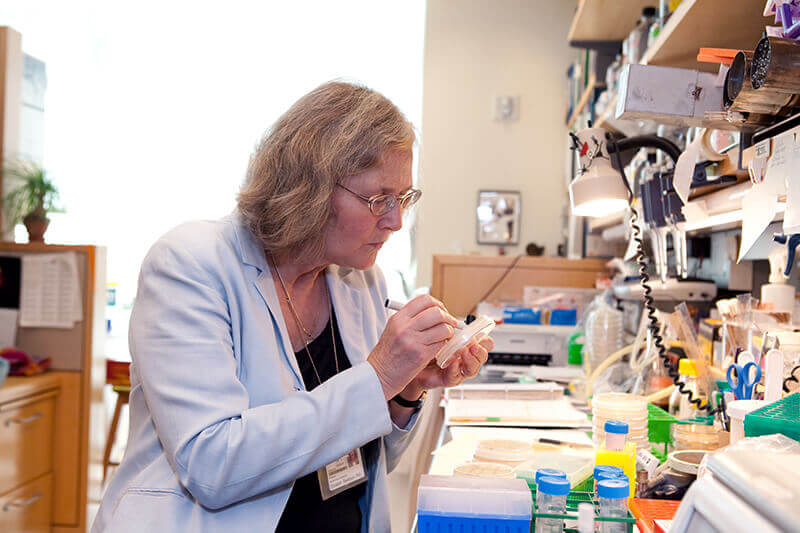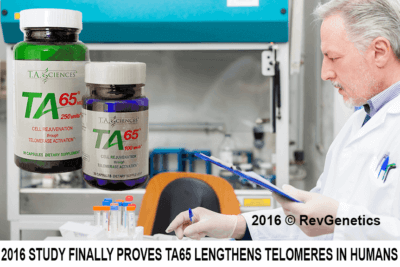MOLECULAR TIMERS CONTROL ANOMALY RATES WITHIN HUMAN CELLS.
Throughout a lifetime, every group of cells is thought to acquire molecular timers anomalies within their genomes. Various other mutational procedures, however, may be built into the cell and developmental abnormalities constantly, at a constant rate over the decades. Inside research reported in Nature Genetics, two clock-like mutational processes have been discovered inside human cells, and the rates at which the two timers tick in different human cell types have been determined.
These clock-like mutational procedures could consequently be responsible for a substantial portion of human Tumors and contribute to human aging.
The genomes of Cancer cells held the secret to identifying these molecular timers. Previous work on Cancer had indeed announced that mutations usually leave a molecular fingerprint, called a mutational signature, on the genome of a Cancer cell. To identify the mutational signatures of clock-like mutational systems within the human body, this investigation looked at the DNA sequences of 10,250 Cancer genomes from 36 various types of Cancer. [1]
The researchers found 33 mutational signatures within the Cancer genomes, but just 2 possessed clock-like features.
Such two clock-like systems, Signature 1 and Signature 5, revealed a correlation between the number of mutations discovered within each Cancer sampling and the individual's age when the carcinoma was diagnosed.
“This is a hugely exciting finding as it solves a longstanding question. Not only has this study proved that mutational molecular clocks exist, but it has also shown that two separate clock processes are constantly degrading DNA,” stated Dr. Ludmil Alexandrov, an article author on the paper and Oppenheimer Fellow at Los Alamos National Laboratory in the USA. “How fast these clocks tick in a cell may well determine both the aging of this cell and the likelihood for it to become Cancerous.”
The molecular timers develop mutations at a steady rate.
The ‘ticking' rate of the clock accumulates more anomalies with age. By investigating 7,329,860 somatic irregularities from the Cancer genomes, the researchers could effectively look back within time, calculating which mutations each cell had indeed had before it became a Cancer cell.
“This study is important and could have practical implications for Cancer patients. In the future, it could lead to clinicians being able to compare the genomes of a primary Tumor and any metastases, and determine the length of time it had taken to spread,” said Dr. Julian Sale, an article author on the paper and team leader at the MRC Laboratory of Molecular Biology. “Because the clock continues to tick in Cancer, it may also be possible to help doctors predict for new patients how quickly Cancer may change, for example, to become metastatic to other parts of the body or to acquire resistance to a drug. This could help doctors plan the best course of treatment for a patient.”.
Both Signature 1 and Signature 5 clock-like systems gathered mutations at a continuous rate over time and ran inside virtually all cell types inside the human body. They exhibited considerably various anomaly rates inside the multiple Tumor types, and surprisingly, they also had different rates from each other, even within the same kind of Tumor. Because they behave differently, it identifies that they are likely to be due to 2 different biological processes.
The anomaly rate of Signature 1 was most significant within cells having elevated turnover rates, such as the gut and colorectal cells. It appeared to be due to some methylated cytosine bases turning into thymine, leading to inequalities in the genome that are converted into anomalies as soon as a cell splits. The mutational procedure for Signature 5 is mysterious. Nevertheless, as opposed to Signature 1, the Signature 5 mutation rate did not correlate with the number of cell divisions. Further research is required regarding both systems to understand their comprehensive duties inside the cell.
“This is the first identification and quantification of mutational molecular clocks and was carried out by looking through the “cracked lens” of Cancer genomes. Over the next few years, we hope to perform large-scale sequencing directly of all types of normal cells to refine these clock-like mutation rates” mentioned Principal Sir Michael Stratton, corresponding article writer and Director of the Wellcome Trust Sanger Institute. “In addition, additional research is significantly needed to learn about the complexity concerning the mutational systems producing these clock-like mutations.”.
References:
- https://www.nature.com/articles/ncomms9683?origin=ppub








